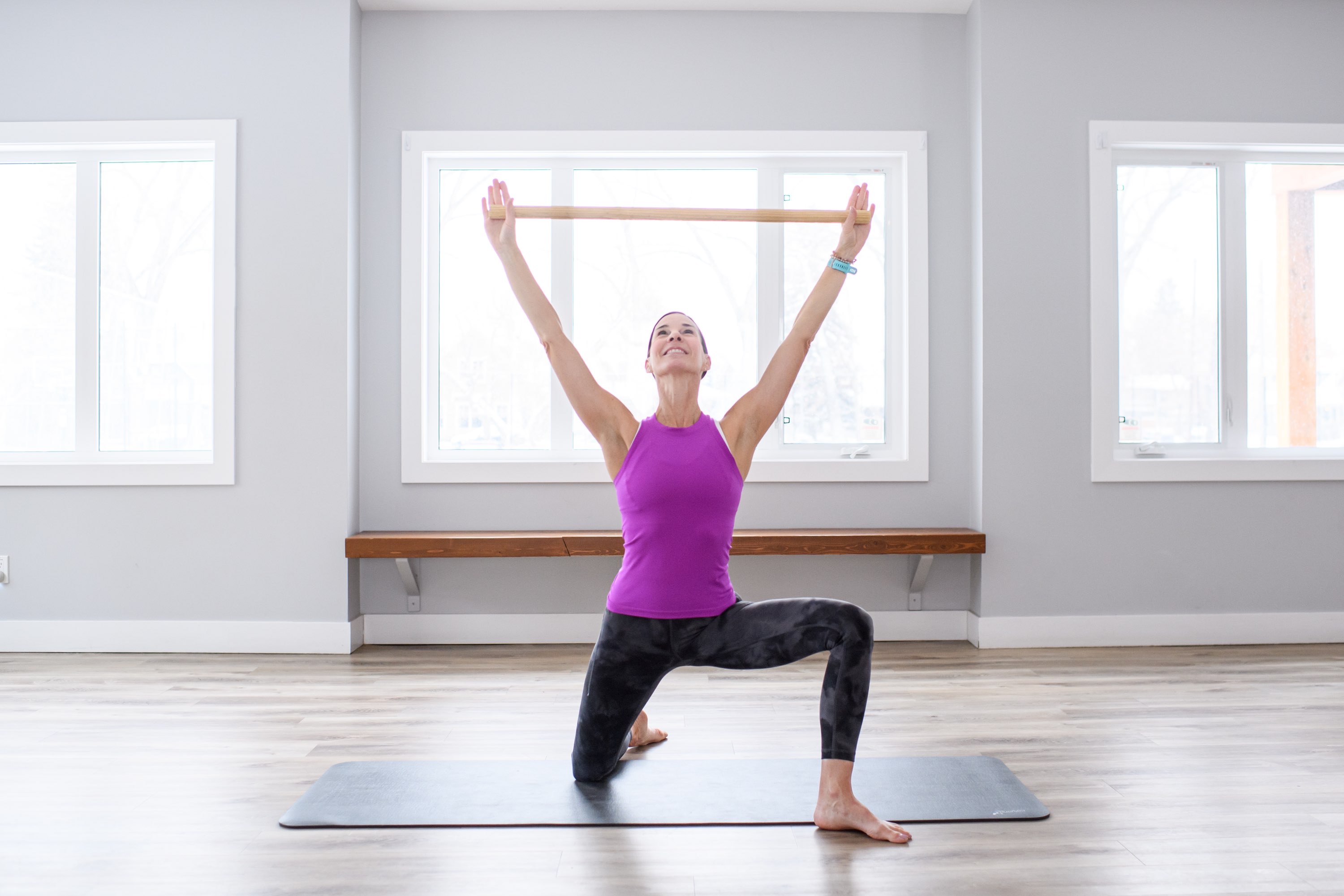Deconstructing the 'Roll Up'
- Christy Hayne

- Aug 3, 2020
- 2 min read
Our goals in the 'Roll Up' are twofold. First is to find articulation through your vertebrae both on the way up and on the way down of your Roll Up. The second goal is to create 'oppositional' stretch in your body, as if you are being pulled in 2 directions.
Begin by engaging the backs of your legs and upper inner thighs together in adduction using your Pilates V foot, a slight external rotation in the hips, inhale to lift your arms to the ceiling to begin the spinal articulation/ flexion over an imaginary beach ball in your lap. Exhale to stretch forward imagining you are reaching your rib cage out of your hips, don't let it collapse on your hips. You should feel your spinal muscles being stretched. To begin the slow melt down of the spine, squeeze your buttocks (draw your sitz bones together) curling your tailbone under and activate your feet by pressing your heels together and down into the mat, as you exhale to slowly roll down onto your mat vertebrae by vertebrae. Remember, you want your Roll Up to be fluid without using any momentum, (ie no whipping arms) allowing your 'powerhouse' muscles to activate to allow your spine to work sequentially lifting and lowering to the mat.
Q: What if I can't get beyond a half roll up?
Begin to strengthen the muscles needed to complete a full Roll Up, by starting seated and roll back slowly to a " C " curve in your spine, tucking your tailbone under, and holding onto your legs/ hamstrings for support if needed. Then build up your strength by practicing roll ups with bent legs. (Remember, in Joseph Pilates' studio he had a strap at the end of the mats so his students could hook their feet under the strap to help with the full Roll Up, if required.) Note that occasionally tightness in the lower back, which is very common, can impact your ability to roll up. Continue to work with bent knees, control and avoid adding momentum by swinging your arms. You might also find working with parallel legs hip width apart, more achievable than working with a Pilates V foot. Another tip is to use light hand weights or 2 lb toning balls. This gives you leverage in the Roll Up, making it easier to come up.
Q: What if I am looking for more of a challenge?
To add more of a challenge, you can create more leverage, by changing the position of your arms. Draw your biceps closer to your cheeks or ears. This creates a longer, heavier lever and makes it more challenging to roll up and roll back down while your arms are in this position. You can also move into 'Neck Pull' and add a hinge back in a neutral spine, to the full roll up. 'Neck Pull' is considered an advanced exercise. Remember to not lose form in an attempt to create more challenge. CONTROL and spinal articulation are key to our Roll Ups.
Yours in health, wellness and happy rolling, Christy




Comments